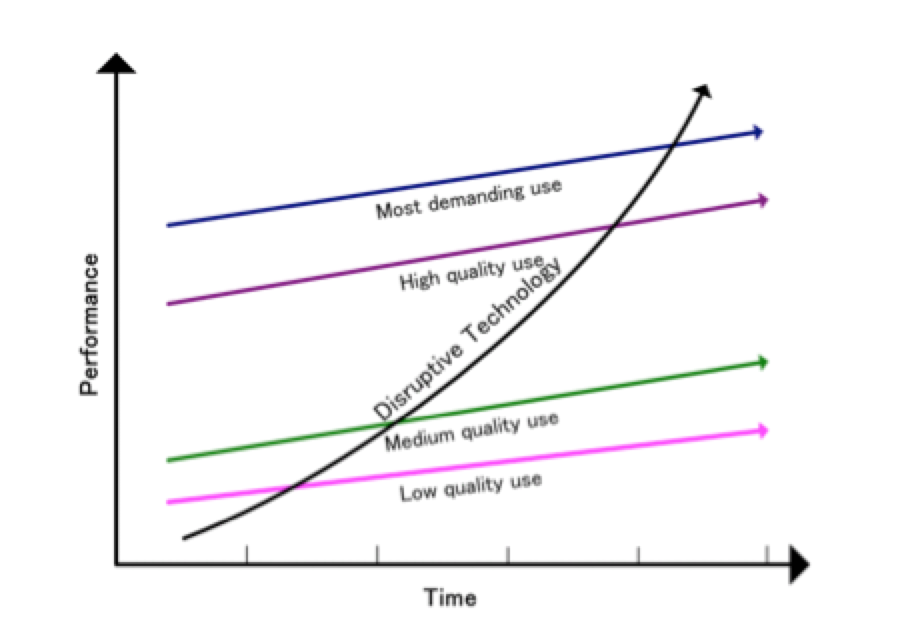Disruptive Technology: (Noun) An innovation that creates a new market by applying a different set of values, which ultimately (and unexpectedly) overtakes an existing market.
A disruptive technology dramatically changes outcomes.
A disruptive technology consists of elements from a conventional technique, but repackaged or repurposed to provide a different impact. Like the Ford assembly line that changed the auto industry or the system of email that is virtually replacing paper mail, its invention makes the world fundamentally different.


